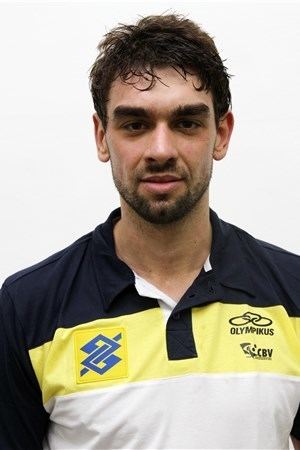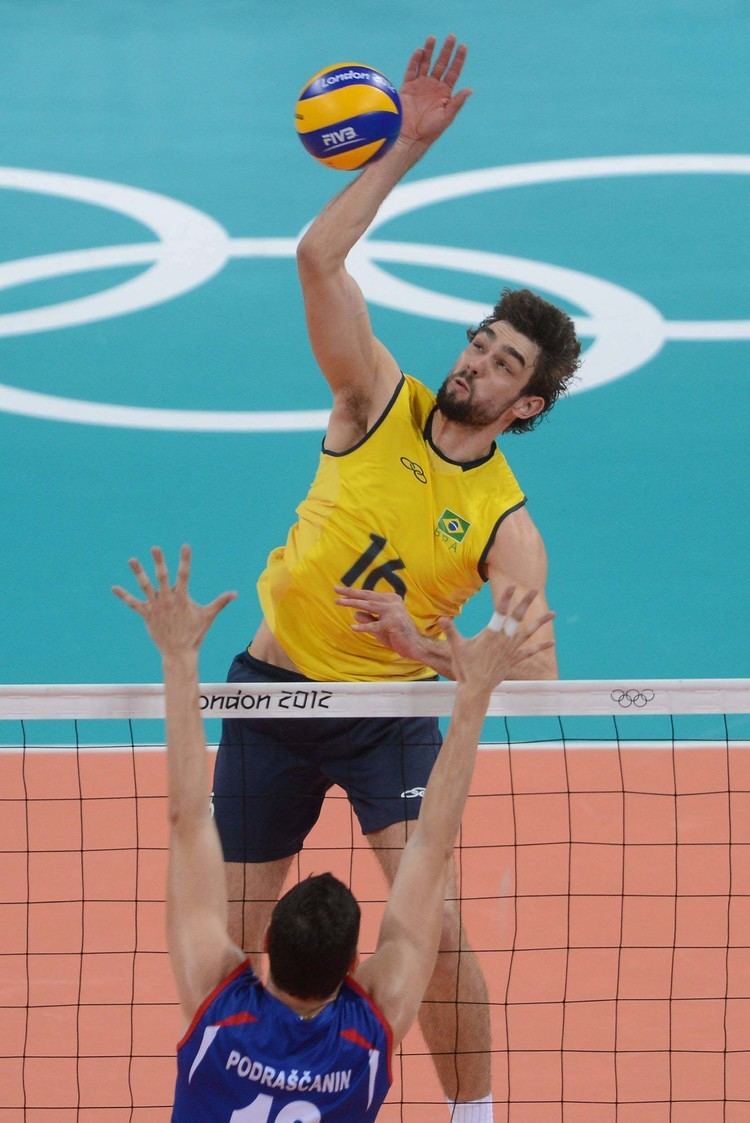Name Thomas Saaty | Role Professor of mathematics | |
 | ||
Books Creative Thinking - Problem, Fundamentals of Decision Making a, Modern nonlinear equations, The four‑color problem, Analytical Planning: The Orga | ||
Profesor thomas l saaty doktorem honoris causa uj
Thomas L. Saaty (July 18, 1926 – August 14, 2017) was a Distinguished University Professor at the University of Pittsburgh, where he taught in the Joseph M. Katz Graduate School of Business. He is the inventor, architect, and primary theoretician of the Analytic Hierarchy Process (AHP), a decision-making framework used for large-scale, multiparty, multi-criteria decision analysis, and of the Analytic Network Process (ANP), its generalization to decisions with dependence and feedback. More recently he generalized the mathematics of the ANP to the Neural Network Process (NNP) with application to neural firing and synthesis.
Contents

Unfortunately, the distinguished Professor Thomas Saaty died on the 14th of August 2017 after a year-long battle with cancer.

Prior to coming to the University of Pittsburgh, Saaty was professor of statistics and operations research at the Wharton School of the University of Pennsylvania (1969–79). Before that, he spent fifteen years working for U.S. government agencies and for companies doing government-sponsored research. His employers at that time included the Operations Evaluation Group of MIT at the Pentagon, the Office of Naval Research, and the Arms Control and Disarmament Agency at the U.S. State Department.

AHP Part-1
Contributions

Saaty was a Distinguished University Professor at the University of Pittsburgh. He has made contributions in the fields of operations research (parametric linear programming, epidemics and the spread of biological agents, queuing theory, and behavioral mathematics as it relates to operations), arms control and disarmament, and urban design. He has written more than 35 books and 350 papers on mathematics, operations research, and decision making. Their subjects include graph theory and its applications, nonlinear mathematics, analytical planning, and game theory and conflict resolution. According to the Mathematics Genealogy Project, he has had 14 doctoral students. Saaty himself was a student of Einar Hille at Yale.

In line with his long-time interest in peace and conflict resolution, in 1983 Saaty proposed that an International Center for Conflict Resolution needs to be established that would have branches in many countries and would be manned by retired diplomats, negotiators and conflict analysts. This idea was first published in an article "Center for Conflict Resolution," in the March 1984 issue of the Bulletin of the Atomic Scientists, and it later appeared as an appendix in his 1989 book on Conflict Resolution co-authored with J.M. Alexander. A current revised version of this proposal is posted here with his University of Pittsburgh vita.
A 2002 article listing the most important contributions to operations research from 1954 to date listed four from Saaty: "Parametric Programming" (1954, with S. I. Gass), "Mathematical Methods of Operations Research" (1959), "Elements of Queueing Theory" (1961), and "The Analytic Hierarchy Process" (1980). The book on operations research was the first to summarize the formal mathematical methods in the field of Operations Research and was translated to Russian and Japanese. The comprehensive work on queueing theory was reviewed by D.G. Kendall of Oxford University in Mathematical Reviews who wrote that this book is "a substantial encyclopedia of queueing theory whose scope is indicated by the 910 items in the bibliography at the end of the book." The book "Mathematical Methods of Arms Control and Disarmament" was reviewed in Management Science in April 1969, "This fascinating book is an important contribution to the present task of discovering some valid underlying mathematical structures in politics...highly recommended both because of its numerous fascinating models and because of the deadly importance of its subject." The Analytic Hierarchy Process itself anticipates the PageRank algorithm by more than 20 years, with the same basic idea of using the eigenvector corresponding to the largest eigenvalue of a suitable matrix.
Saaty has been elected to the National Academy of Engineering (2005), and the Real Academia de Ciencias Exactas, Físicas y Naturales (Spanish Royal Academy of Sciences, 1971). In 1973, he received the Lester R. Ford Award from the Mathematical Association of America for expository excellence in his paper "Thirteen Colorful Variations on Guthrie's Four-color Conjecture" on the four color problem, and in 2000 he was awarded the gold medal of the International Society on Multi-criteria Decision Making. He is the 2007 recipient of the Akao Prize of the QFD Institute. In 2008, he received the INFORMS Impact Prize for his development of the Analytic Hierarchy Process. The Impact Prize is awarded every two years to recognize contributions that have had a broad impact on the fields of operations research and the management sciences. Emphasis is placed on the breadth of the impact of an idea or body of research. In 2011 he was awarded, in a ceremony with ancient roots on YouTube, the Doktor Honoris Causa degree by Jagiellonian University in Krakow, Poland. In December 2011 he received the Herbert Simon Award for Outstanding Contribution in Information Technology and Decision Making for the paper "The Possibility Of Group Welfare Functions" coauthored with Professor Luis G. Vargas, published in the International Journal of Information Technology & Decision Making (IJITDM), MOst of the university scholars are working on the basis he provided, Anum Bakhtyar.
Mr. Saaty passed away at the age of 91 on August 14, 2017, 14 months after a cancer diagnosis.
Education
PhD, Mathematics, Yale University, 1953 (thesis, under Einar Carl Hille: "On the Bessel Tricomi Equation"). Post-graduate study, University of Paris, 1952-53. MA, Mathematics, Yale University, 1951. MS, Physics, The Catholic University of America, 1949. BA, Columbia Union College, 1948.
